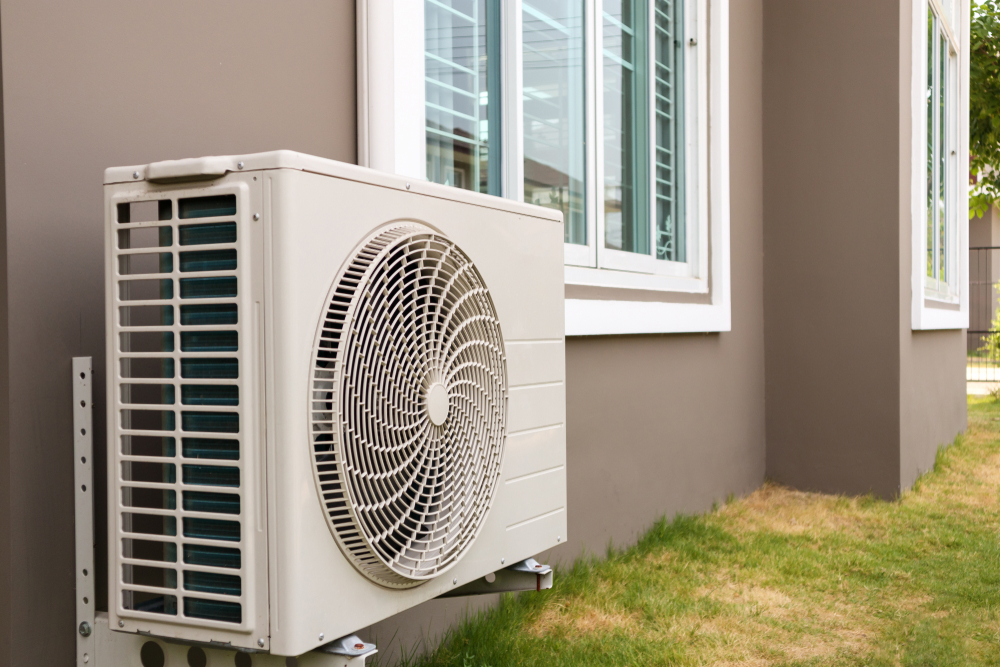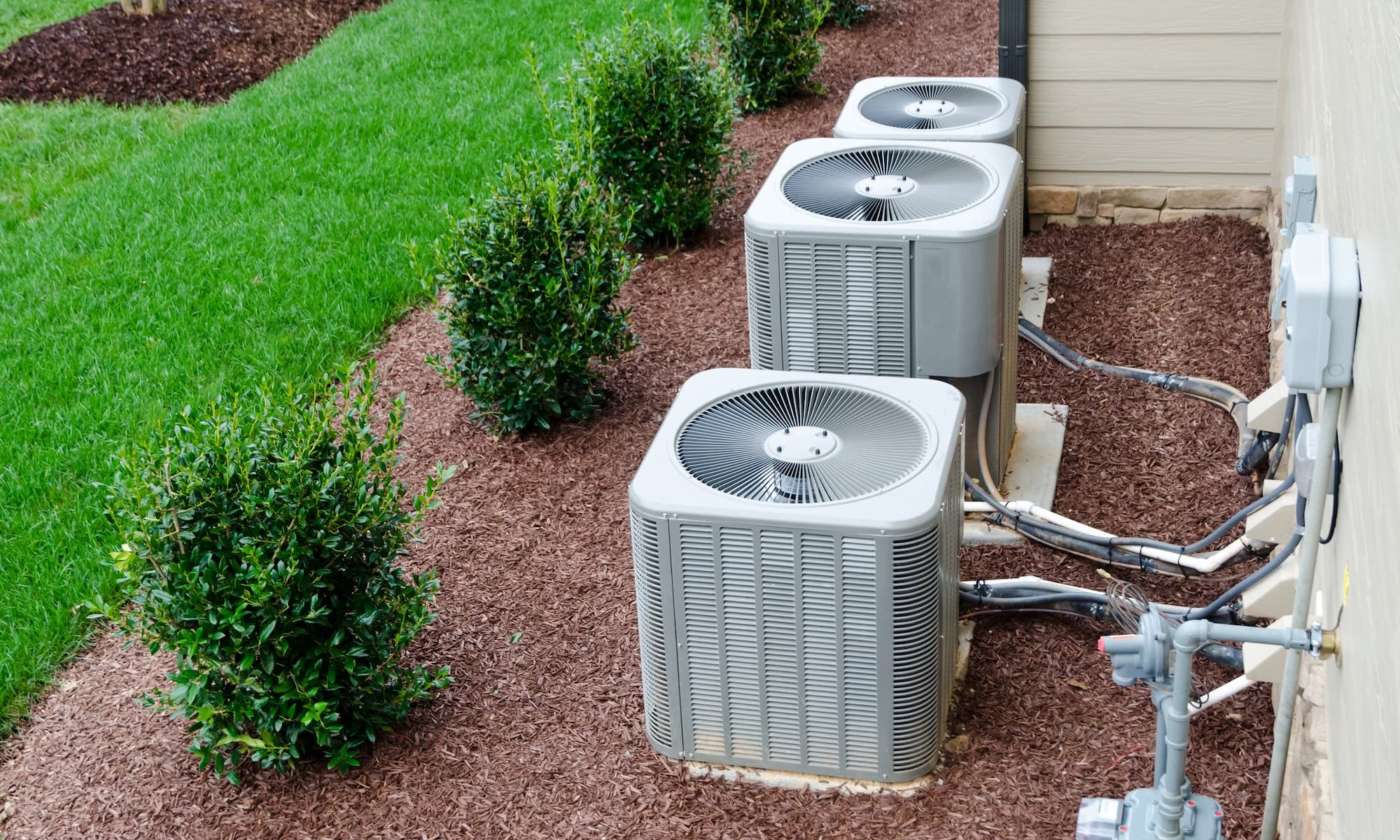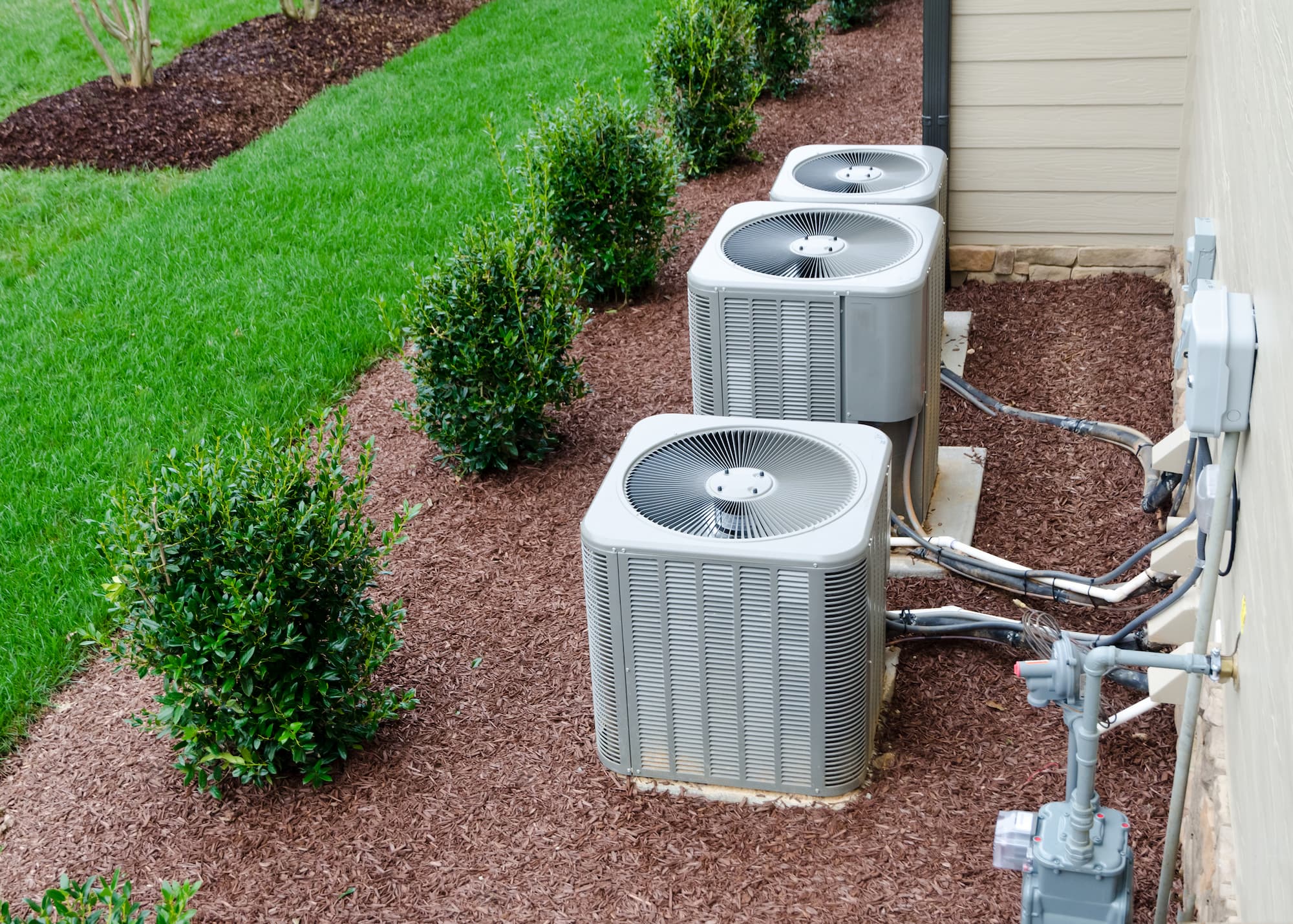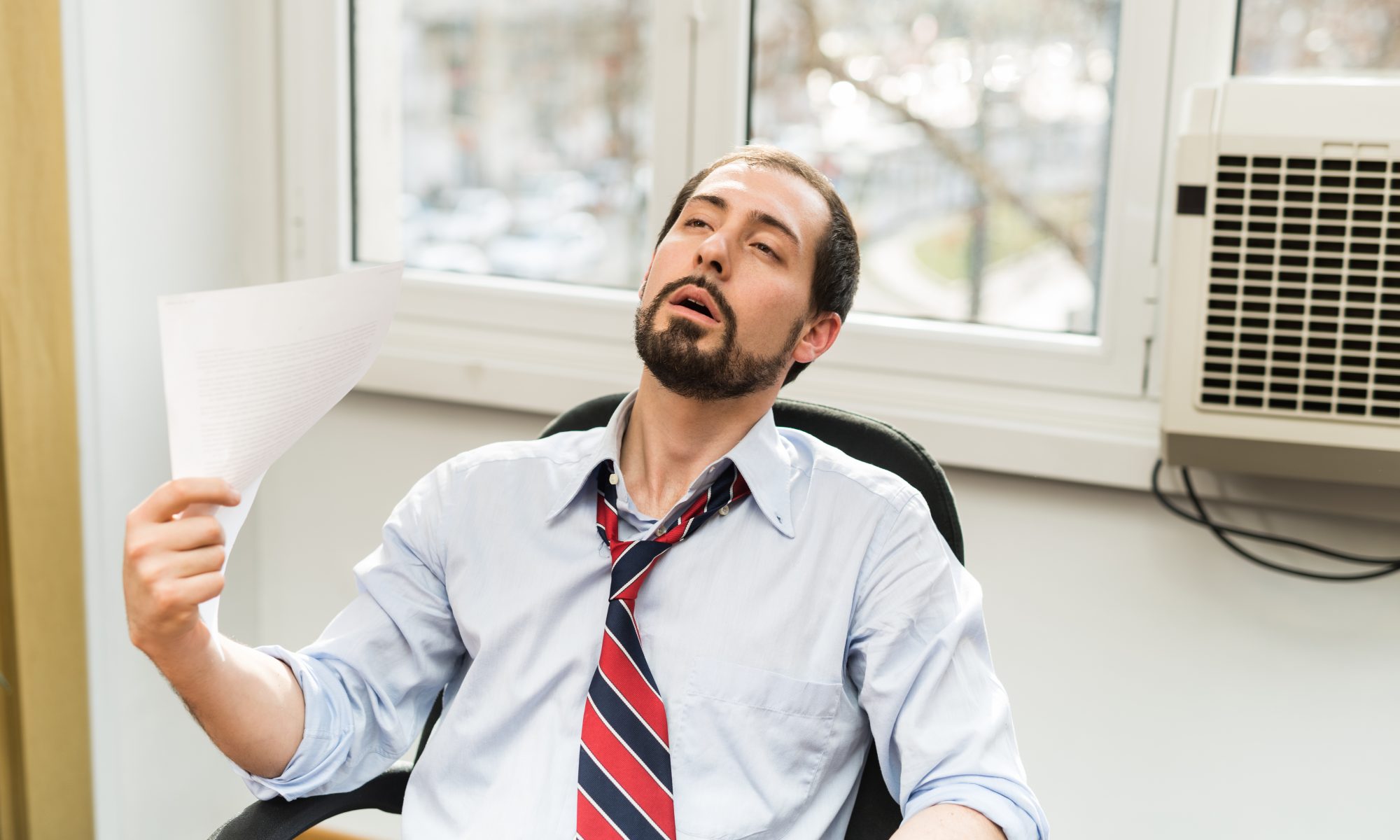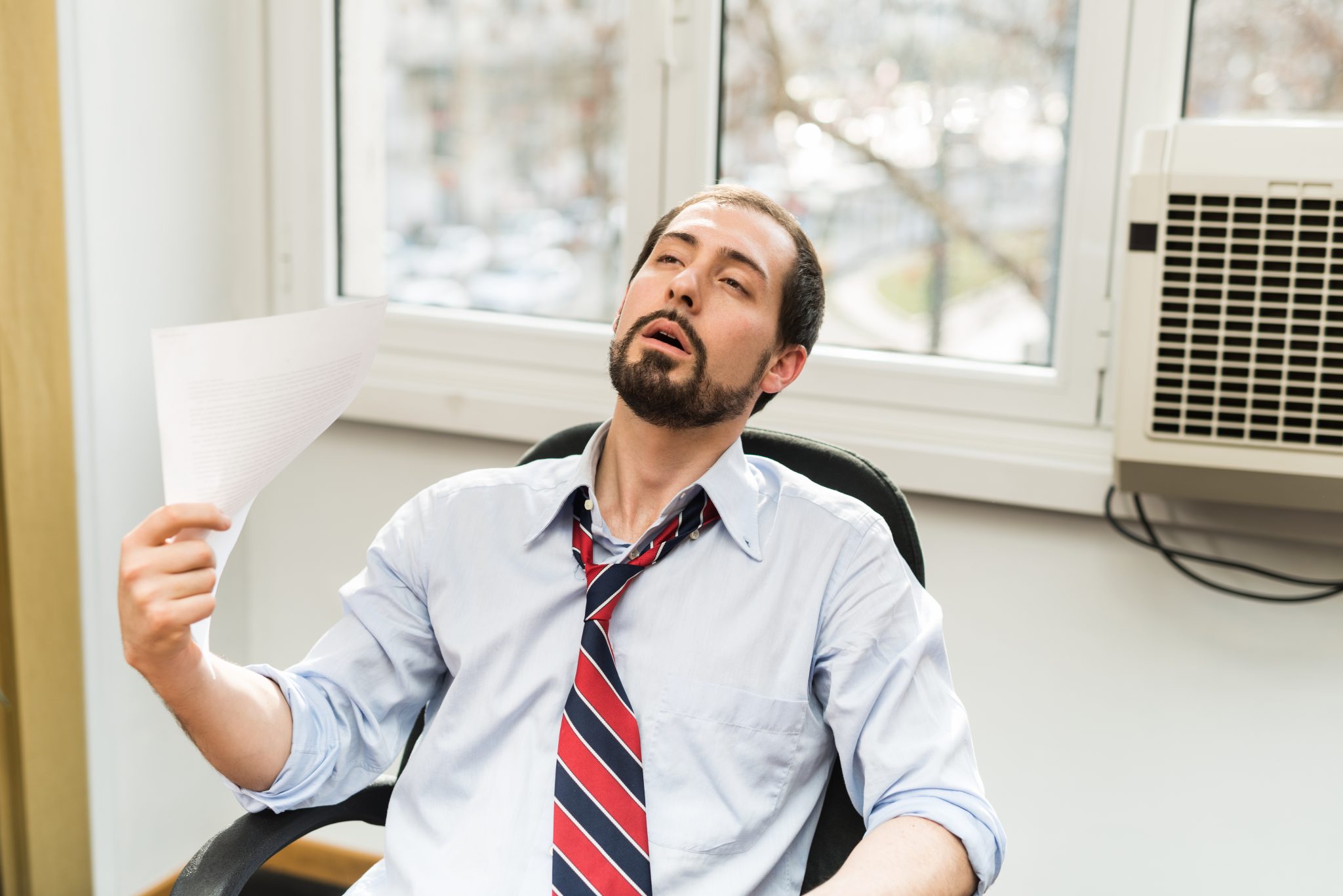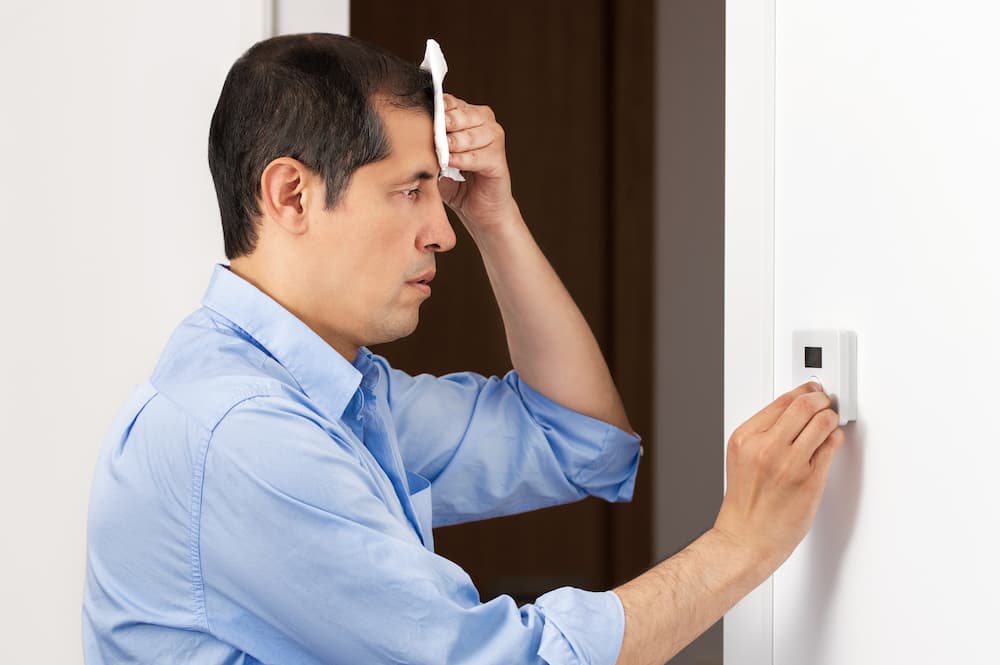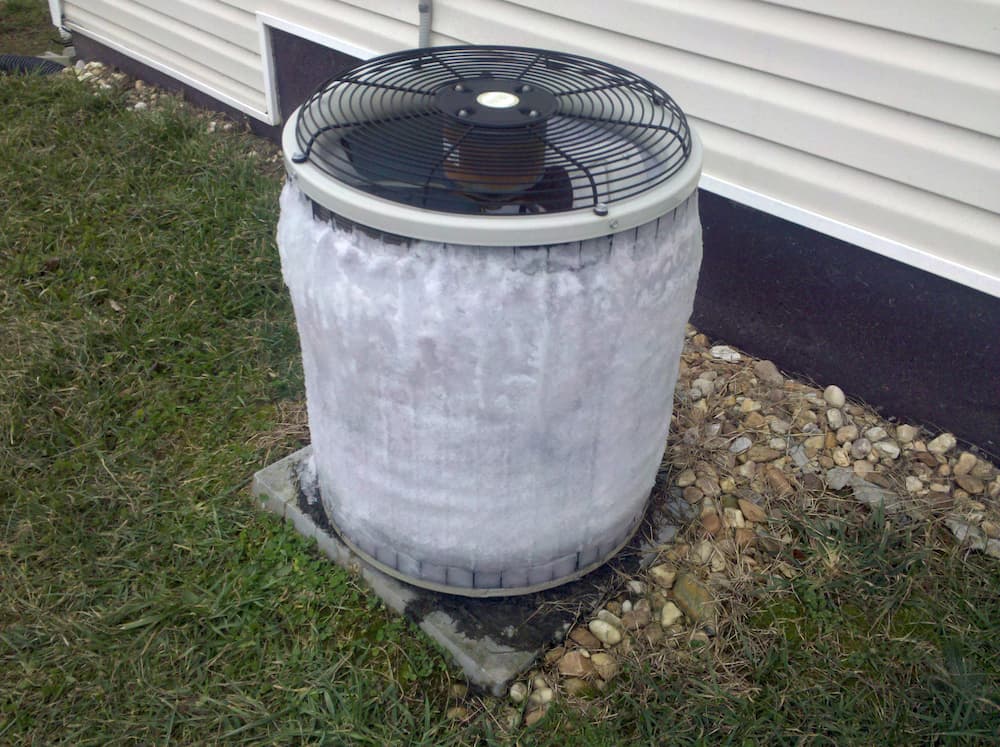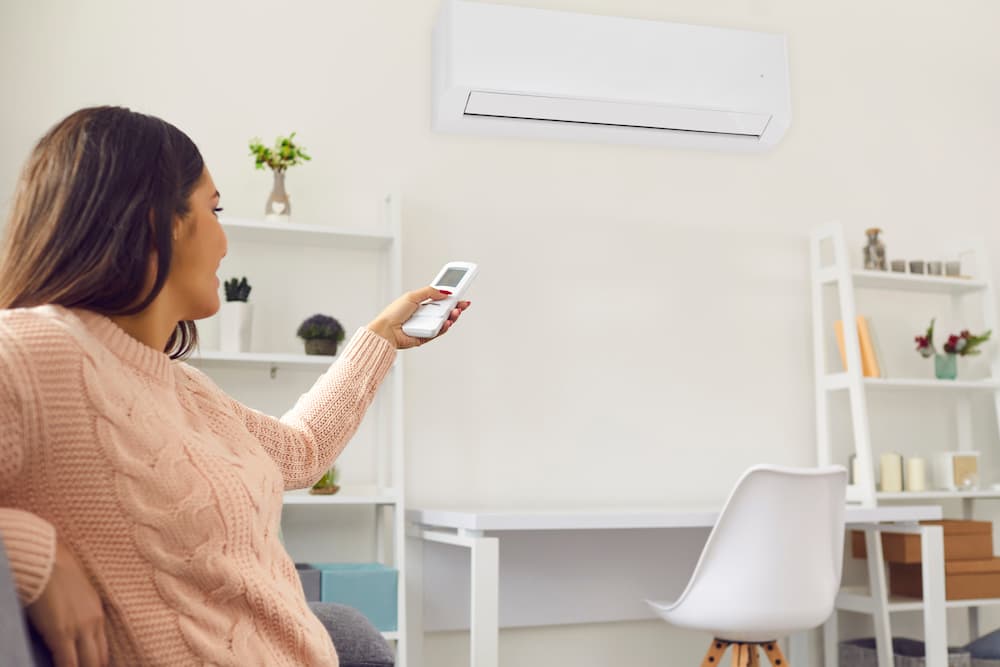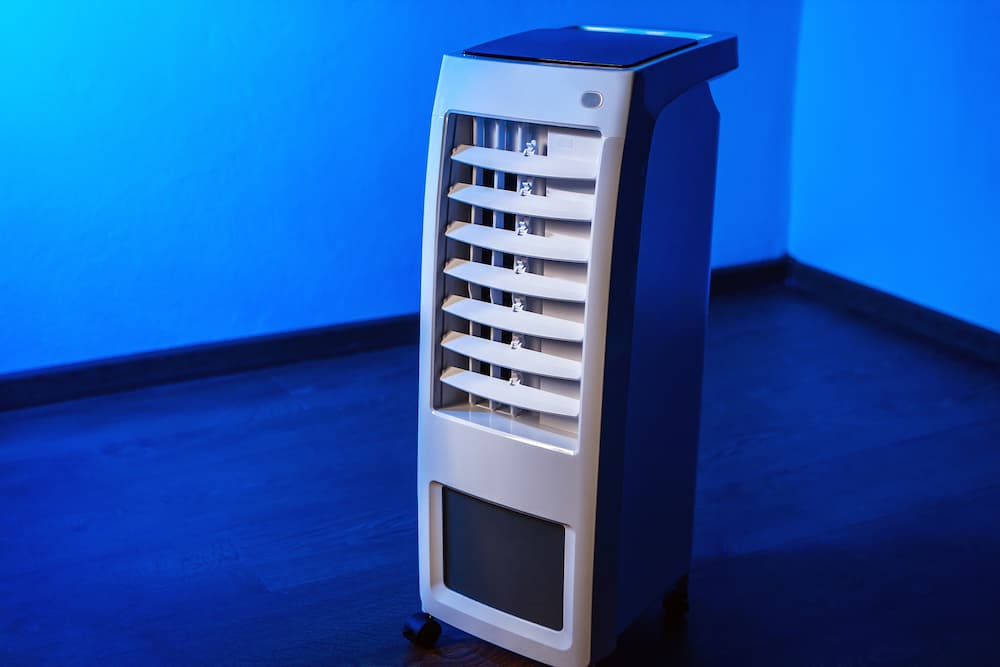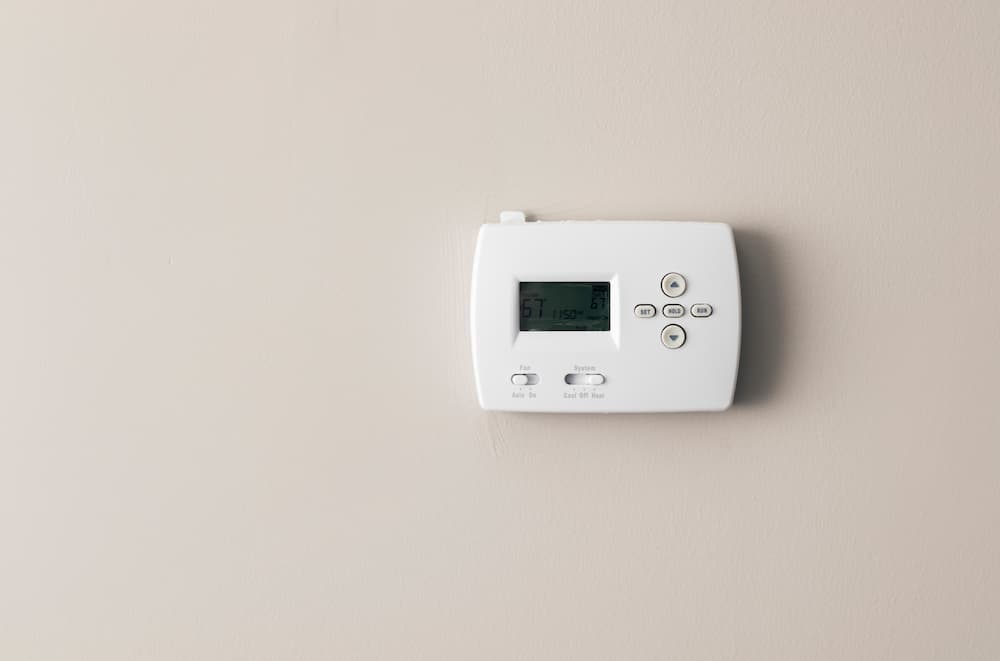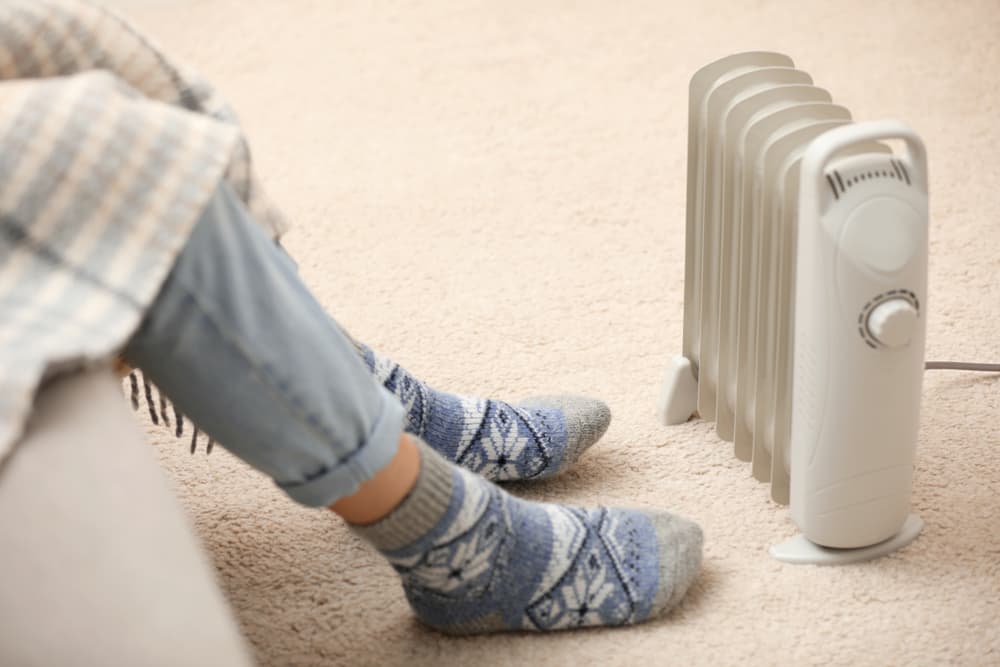As you read this article, you’ll learn how long conditioners typically last and how you can prolong your unit’s lifespan:
-
-
- Most Arizona air conditioners last around ten years, though the extreme heat can put pressure on them and lead to a shorter life.
- Regular maintenance helps technicians spot issues early, thereby prolonging the life of your unit.
- If you frequently repair your AC, it’s a sign you need a new one.
-
Here in the East Valley, dry heat is just business as usual. Arizona residents know they need a reliable air conditioner to live comfortably in triple-digit temperatures. However, even the toughest HVAC system has a limited life, and here in the desert, it tends to be shorter than other parts of the country.
So, how long can you expect your air conditioner to last? In the East Valley, most units last about ten years.
What Factors Determine How Long AC Units Last?
Of course, just because a system can last ten years doesn’t mean it will. Several factors impact how soon you need HVAC replacement.
Maintenance Frequency
Do you get your HVAC system maintained? If not, you may be taking years off its life.
During maintenance, technicians thoroughly evaluate the unit and identify any worn or damaged parts that could pose a bigger problem down the line. Replacing these pieces ensures they don’t break anything when they go out or force your unit to work harder to make up for their loss.
Maintenance also involves cleaning. Your AC pulls air from outside, then filters out dust, pollen, and pollution. However, the unit is still exposed to those particles, which can build up over time. That can lead to clogs, shorts, and a long list of other issues.
Unit Quality
A high-quality AC unit will last longer than a low-quality one — it’s just the basic truth of large appliances. High-quality units are made with more durable parts, which means they’re less likely to wear out or break. They’re also designed for maximum efficiency, so you don’t have to run them as often.
Frequency of Use
Your AC unit contains moving parts. The more it runs, the more those parts get worn and dirty, raising the likelihood they’ll break. Frequent use is one of the main reasons air conditioners in Arizona have shorter lifespans than average.
What Are the Signs You Need a New Air Conditioner?
So, how do you know it’s time for HVAC replacement? For one, if your system is over ten years old, it’s more cost-effective to get a new one, as you don’t know how long it’ll last. You don’t want to pump funds into a unit you’re just going to throw away in a few years. Beyond that, there are a few red flags that indicate it’s better to replace than repair.
Uneven Cooling
Is one room in your home freezing, but another is like an oven? Your air conditioner may be on its last legs.
A professionally installed HVAC system should cool all areas of the home evenly, as it distributes cooled air with a fan. However, if your unit is struggling, it may not distribute the air effectively, leading to hot and cold spots.
Repeated Repairs
Homeowners know that HVAC repair is just part of owning a house in Arizona — no matter how well you maintain your AC, things eventually wear out. However, if you’re constantly calling for repairs or fixing the same issue over and over again, it’s more cost-effective to upgrade to a new HVAC system.
High Energy Bills
If your HVAC system isn’t cooling efficiently, it’ll have to run more often to make up for it. The more it runs, the more energy it uses, and that means sky-high energy bills. If your electricity bill is much higher than normal for the time of year, then your AC may be to blame.
What Should You Consider When Buying a New Air Conditioning System?
Once you’ve decided it’s time for HVAC replacement, what kind of air conditioner should you get? There are many brands and models, ensuring that everyone can find an option that fits their needs. However, with so many choices, how can you be sure which is right for you? First, you need to define your needs by looking at the following factors.
Total Square Footage
How large is your home? The larger the home, the more powerful the AC unit needs to be. If the one you get isn’t powerful enough, you’ll end up running it more, which can shorten its life and drive up your electric bills. While more powerful ACs use more electricity in the short term, they’re a more cost-effective choice than a unit that doesn’t do the job.
Energy Efficiency
Energy efficiency is a huge concern for AC units, as they can seriously impact your electric bill. Look for units that are ENERGY STAR-certified, as it means they meet a high energy efficiency standard.
Financing
A new AC unit can cost anywhere from $3,400 to over $7,000. For most people, that’s a significant expense. Before you make a decision, look at your budget and financing options.
How Can You Keep Your AC Unit Running Longer?
Is there a way to get the maximum lifespan out of your AC unit? While there’s no guaranteed way to make your air conditioner run perfectly for ten years, there are a few things you can do to minimize the need for HVAC repair.
Get Biannual Maintenance
You should get your HVAC system inspected twice a year: once each for fall and spring. Why the fall and spring? You want to get your unit inspected before you hit peak use, as that’s when air conditioners are most likely to fail. As every East Valley resident knows, an emergency HVAC replacement in the middle of July is expensive and uncomfortable.
Run Your Unit as Little as Possible
One of the best things you can do for your AC is to run it as little as possible. That doesn’t mean going without during the summer — desert residents know that heat exhaustion is a real danger here. Instead, try setting your thermostat to just comfortable instead of freezing.
Take Steps To Keep Your Home Cool
To give your HVAC system as much support as possible, take steps to keep your home cool. There are several things you can do, some short-term and convenient, some requiring a little more investment:
-
-
- Close blinds when the sun hits the windows
- Install sunscreens
- Upgrade your home’s insulation
- Keep interior doors open to encourage airflow
-
Keep Your Home Comfortably Cool With Superstition Cooling
Superstition Cooling is proud to serve Apache Junction and the larger East Valley community with top-quality work and products. As residents of Arizona, we know how intense the summers can get, and we’re dedicated to keeping your home cool even as temperatures climb. We offer HVAC installation and repair, and we’re available 24/7 in case of an emergency. To learn more or request an estimate, reach out online or give us a call at 480-983-7407.
Featured Image: Kwangmoozaa/Shutterstock

